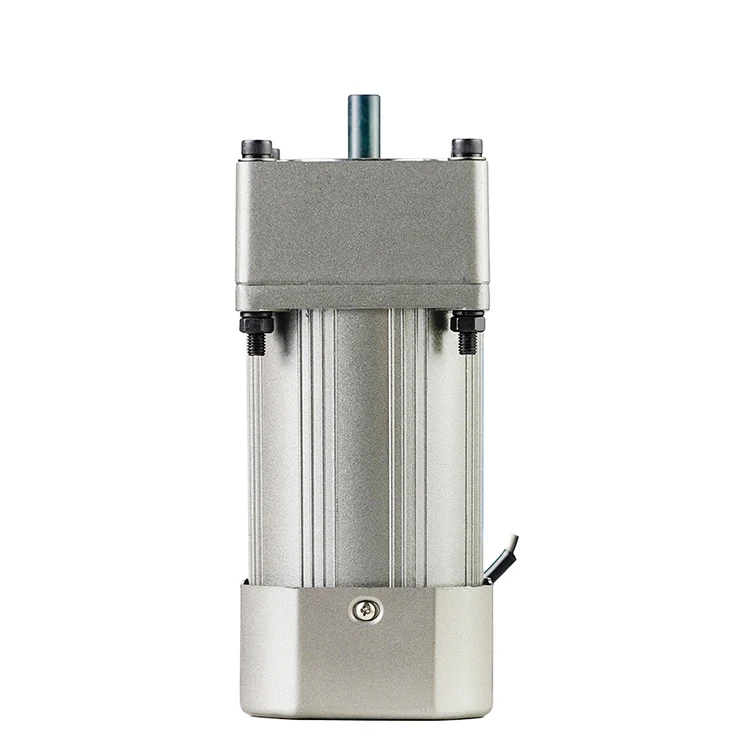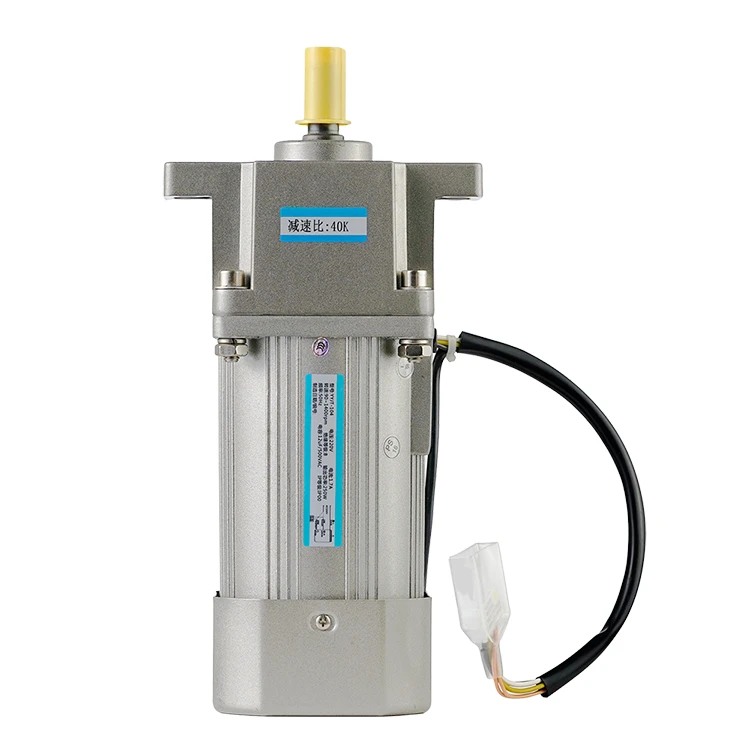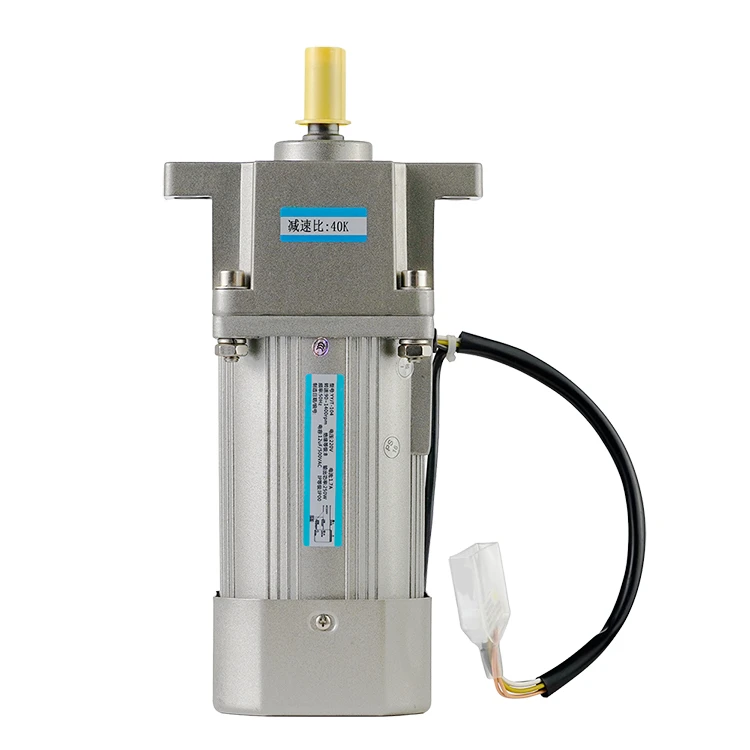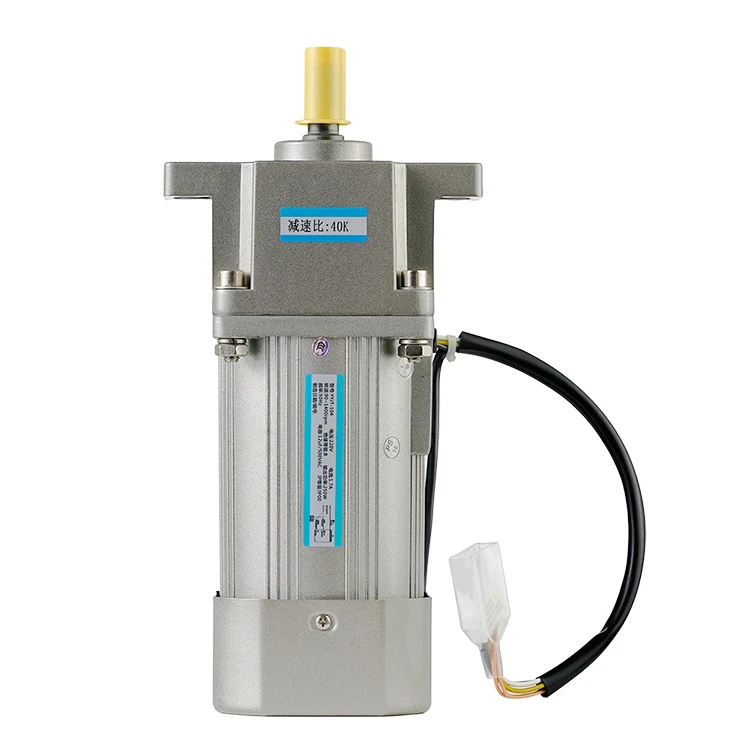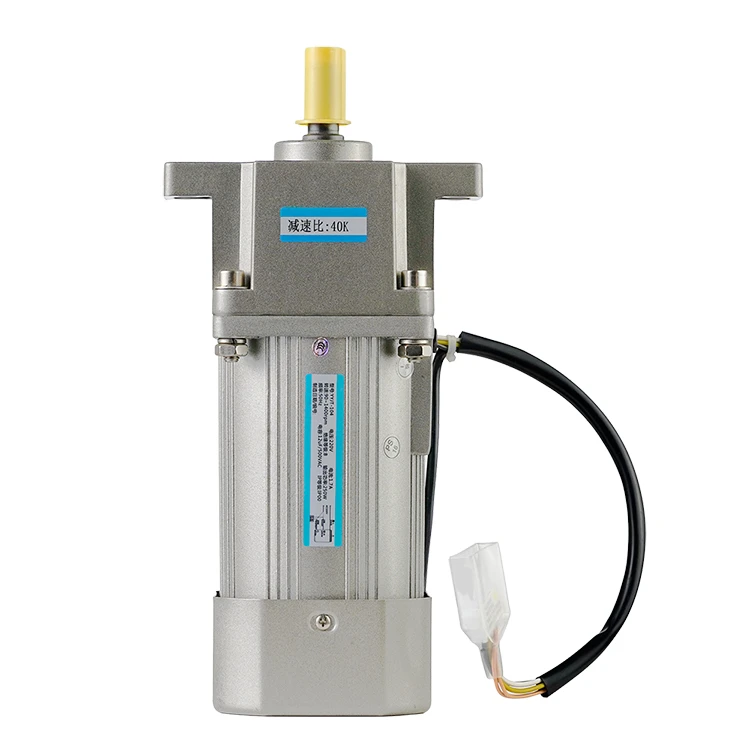How to run a stepper motor without microcontroller?
2023-02-03 09:04:03
Overview
Stepper motors are commonly controlled by microcontrollers. However, it is possible to run a stepper motor without a microcontroller by using a dedicated driver and external power supply. This provides more direct control but requires advanced setup.
Required Components
To control a stepper motor without a microcontroller, you will need:
- A compatible stepper motor driver that can provide the required voltage and current
- A suitable stepper motor that matches the driver specifications
- An external power supply capable of powering the motor and driver
- Wires and connectors to link the components
Connecting the System
The stepper motor driver should be connected to the motor using secure connections between the control wires and power wires. The power supply should then be connected to the driver. Ensure the voltage and current ratings match the requirements of the motor and driver.
Testing the Motor
With everything connected, test the motor by applying control signals to the driver. Use switches, potentiometers or an external controller to generate the signals. Observe the motor movement to ensure it is operating smoothly and accurately before use.
Conclusion
Running a stepper motor without a microcontroller is achievable but requires advanced setup knowledge. The direct control method can be useful for certain applications. Consider both options when selecting a stepper motor control solution.
See What Lunyee Can Do For You
Contact Us
- 8619149417743
- +86-0371-5562 0274
- [email protected]
- Zhengzhou, Henan Province, China
- Mon-Fri: 9:00 - 18:00
